-webp.webp)
Historical Sites in Alexandria Egypt That You Can't-Miss
Alexandria, Egypt's Mediterranean gem, is filled with history, culture, and ancient wonders. Known as the "Pearl of the Mediterranean," Alexandria is home to some of the most fascinating historical sites in Alexandria Egypt, starting from the famous Library of Alexandria down to the majestic Qaitbay Citadel, this city is a treasure of ancient landmarks that narrates the story of its Greek, Roman, and Egyptian heritage.
If you plan to see the historical sites in Alexandria, Egypt, then you are in for a real treat. This guide will walk you through the city's most iconic attractions, share lesser-known facts, and provide practical tips on how to make the most of your visit. Alexandria's rich past and vibrant present will surely leave you spellbound, from history buffs to culture enthusiasts and the simply curious.
A Brief History of Alexandria

Alexandria was founded in 331 BCE by Alexander the Great. Centuries later, it would flourish as a center of learning, culture, and trade. The city, which was famous for the Lighthouse of Alexandria, one of the Seven Wonders of the Ancient World, was a hotbed of Greek and Roman influence. Nowadays, its historic sites tell stories of a glorious past that has set it in its identity as one of the most important cities in Egypt.
Why Alexandria is a Must-Visit for History Lovers
Alexandria is much more than a coastal city; it's a living museum. Founded by Alexander the Great in 331 BCE, the city turned out to be one of the most significant learning, trade, and cultural centers in the ancient world. Its historical sites in Alexandria, Egypt, give a sneak peek into its glorious past, mingling Greek, Roman, and Egyptian influences.
Here's why Alexandria stands out:
- Unique Blend of Cultures: The city's architecture and artifacts reflect its diverse history.
- Mediterranean Charm: Its being on the coast imparts a different feel to all its historical places.
- Lesser-Known Treasures: Apart from the famous landmarks, Alexandria is replete with unknown treasures.
Top Historical Sites in Alexandria Egypt
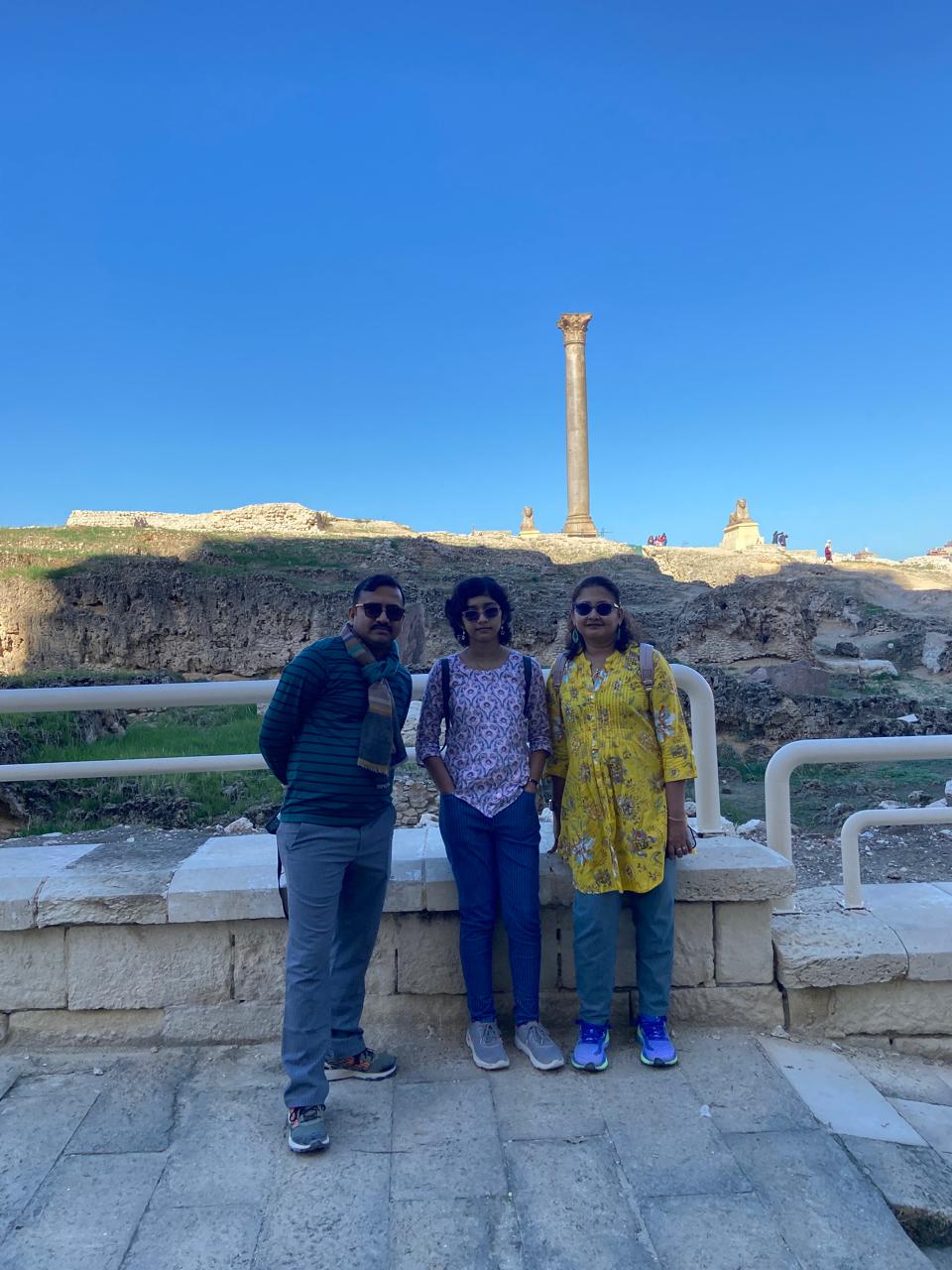
1. The Citadel of Qaitbay
Guarding the eastern harbor of Alexandria, the imposing Qaitbay Citadel has a history dating back to the 15th century. Built by Sultan Al-Ashraf Qaitbay on the remains of the ancient Lighthouse of Alexandria, one of the Seven Wonders of the Ancient World, this majestic fortress was a vital point of defense against Ottoman invaders. Visitors today can walk along its ramparts and towers and visit its mosque from the Mamluk era, enjoying the panoramic views of the city and the sparkling Mediterranean Sea.
- History: Constructed in the 15th century on the very site where the ancient Lighthouse of Alexandria once stood, this fortress was commissioned by Sultan Qaitbay.
- What to See: Explore the citadel's towers, courtyards, and stunning views of the Mediterranean Sea.
- Fun fact: The lighthouse's stones were used in the building of the citadel, thus being a living link to the ancient wonder.
2. Catacombs of Kom El Shoqafa
Go underground in this busy city and explore the Kom El Shoqafa catacombs. The so-called Greco-Roman necropolises dating back to the 1st-3rd centuries AD reflect scenes of the funerary practices of the ancient Alexandrians. Carvings, statues, and murals with scenes from Egyptian mythology and, more importantly, Greek mythology found in these cut-rock catacombs were truly an expression of Alexandria's unique blend of cultures. Walk through three levels of tombs with different architectural features and tales to tell. Expert guides at Respect Egypt Tours will help in deciphering all the symbols and history buried inside these underground chambers.
- History: These underground tombs date back to the 2nd century CE and merge the art of Egyptian, Greek, and Roman styles.
- What to See: Marvel at the intricate carvings, statues, and the unique fusion of cultural motifs.
- Fun fact: The catacombs were accidentally discovered in 1900 when a donkey fell into a shaft.
3. Pompey’s Pillar
The significance of Pompey's Pillar is up for debate, but one thing is for certain: its imposing presence on Alexandria's skyline cannot be denied. This tall column of granite was built in the 1st century AD and probably formed part of the Temple of Serapis. Its weathered surface whispers tales of emperors and bygone eras. If you dare, a narrow staircase inside the column will take you to breathtaking views of the city.
- History: The 25-m granite column was erected to honor Emperor Diocletian in 297 CE.
- What to See: Next to it stands what remains of the Serapeum-a very ancient temple of the god Serapis.
- Fun Fact: It has no connection whatsoever to Pompey-the name simply being a medieval misnomer.
4. Bibliotheca Alexandrina
Though the fabled ancient library of Alexandria has long since burned to ashes, its legacy lives in this striking modern Bibliotheca Alexandrina. This architectural marvel, opened in 2002, is home to millions of books, museums, and research centers. Wander through its spacious halls and imagine the volumes of knowledge that these walls can hold.
- History: A modern tribute to the ancient Library of Alexandria, this architectural marvel opened its doors in 2002.
- What to See: Its vast collection of books, museums, and art galleries.
- Fun Fact: The design of the library is in the shape of the rising sun, symbolizing Alexandria as the sun rising over knowledge.
5. Alexandria National Museum
Alexandria National Museum showcases times past. It is a treasure house that houses artifacts from pharaonic mummies, Greco-Roman sculptures, Islamic ceramics, and Coptic art. Learn about the rich tapestry of Alexandria and the many different artistic expressions that have made this city home.
- History: Housed in a restored Italian-style palace, this museum showcases artifacts from Alexandria's Greek, Roman, and Islamic periods.
- What to See: This is worth visiting, especially, for the underwater archaeology exposition that represents the sunken city of Heracleion.
- Interesting fact: The collection contains over 1,800 items that represent individual stories of Alexandria's past.
6. Montaza Palace and Gardens
Montaza Palace Gardens gives a glimpse into a king's life. The 19th-century palace complex stands along the Mediterranean coastline and used to be a summer residence for Egyptian royalty. The garden is an oasis, while the building itself has a taste of ostentatious architecture that houses breathtaking views of the sea.
- History: This early 20th-century palace complex used to be the summer retreat of Egypt's royal family.
- What to See: Stroll through the lush gardens, visit the palace museum, and enjoy views of the Mediterranean.
- Fun Fact: The palace's architecture combines Turkish, Florentine, and Moorish styles.
7. Roman Theatre in Kom El-Dikka
The Kom El-Dikka excavation site is a residential area from the Roman period. It has some of the best-preserved mosaic floors, bathhouses, and villas. This area gives insight into daily life in ancient Alexandria.
- History: This remarkably well-preserved theatre was discovered as recently as 1964 and dates back to the 2nd century CE.
- What to See: Tiered seating, mosaic floors, and nearby Roman baths.
- Fun fact: Such a theatre would serve both performance and public meeting purposes.
Hidden Gems: Lesser-Known Historical Sites in Alexandria Egypt
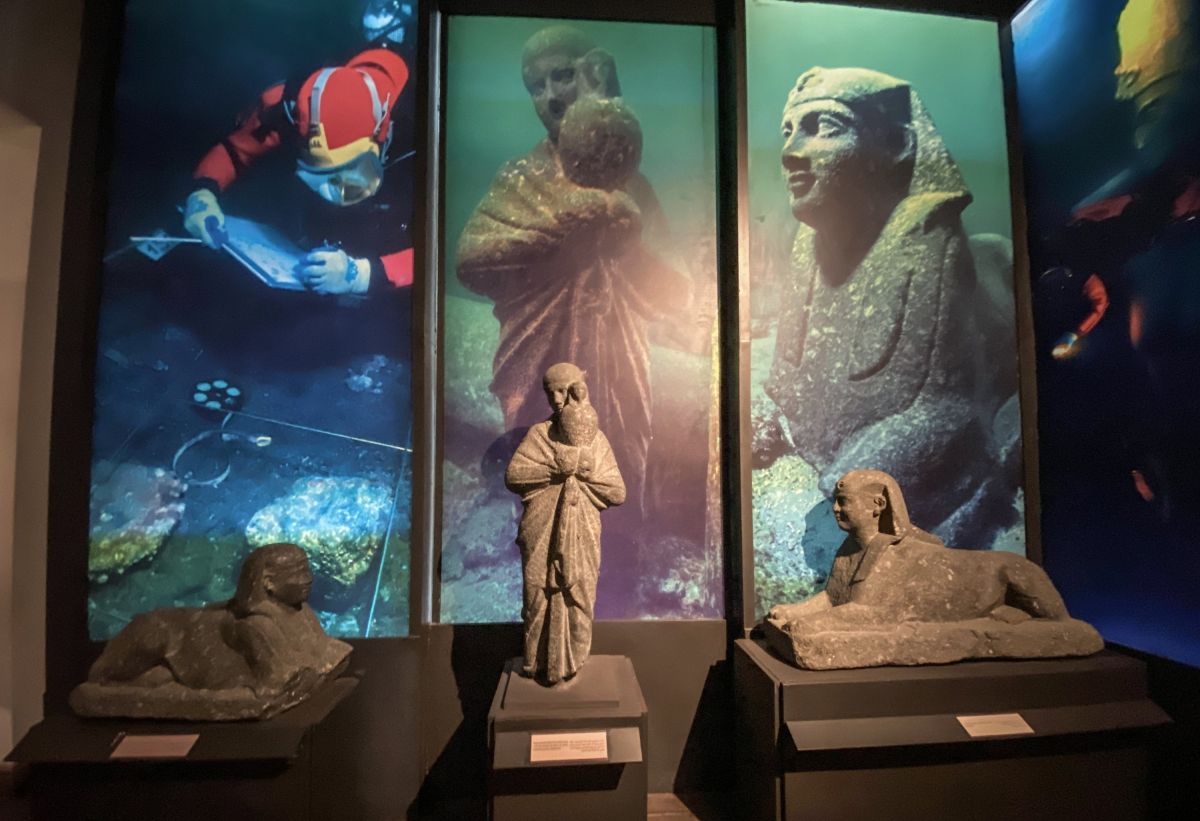
1. Anfushi Tombs
Bright frescoes and delicate carvings paint these Ptolemaic tombs colorfully.
2. El Shatby Necropolis
This is one of the oldest cemeteries in Alexandria, starting from the 3rd century BCE.
3. Ras El Tin Palace
A historic palace with stunning architecture and panoramic sea views.
How to Explore Alexandria with Respect Egypt Tours
At Respect Egypt Tours, we have prepared customized experiences to help you explore the historical sites in Alexandria Egypt with ease. Here are two popular options:
1. Private Guided Full-Day Tour to Alexandria from Cairo
Highlights: Qaitbay Citadel, Catacombs of Kom El Shoqafa, Pompey's Pillar, and many more.
Includes: Private guide, transportation, and lunch.
2. A Private Trip to Alexandria for a Day
Highlights: Bibliotheca Alexandrina, Montaza Palace, and the Roman Theatre.
Includes: Customized itinerary, private guide, and transportation.
Planning Your Visit to Alexandria
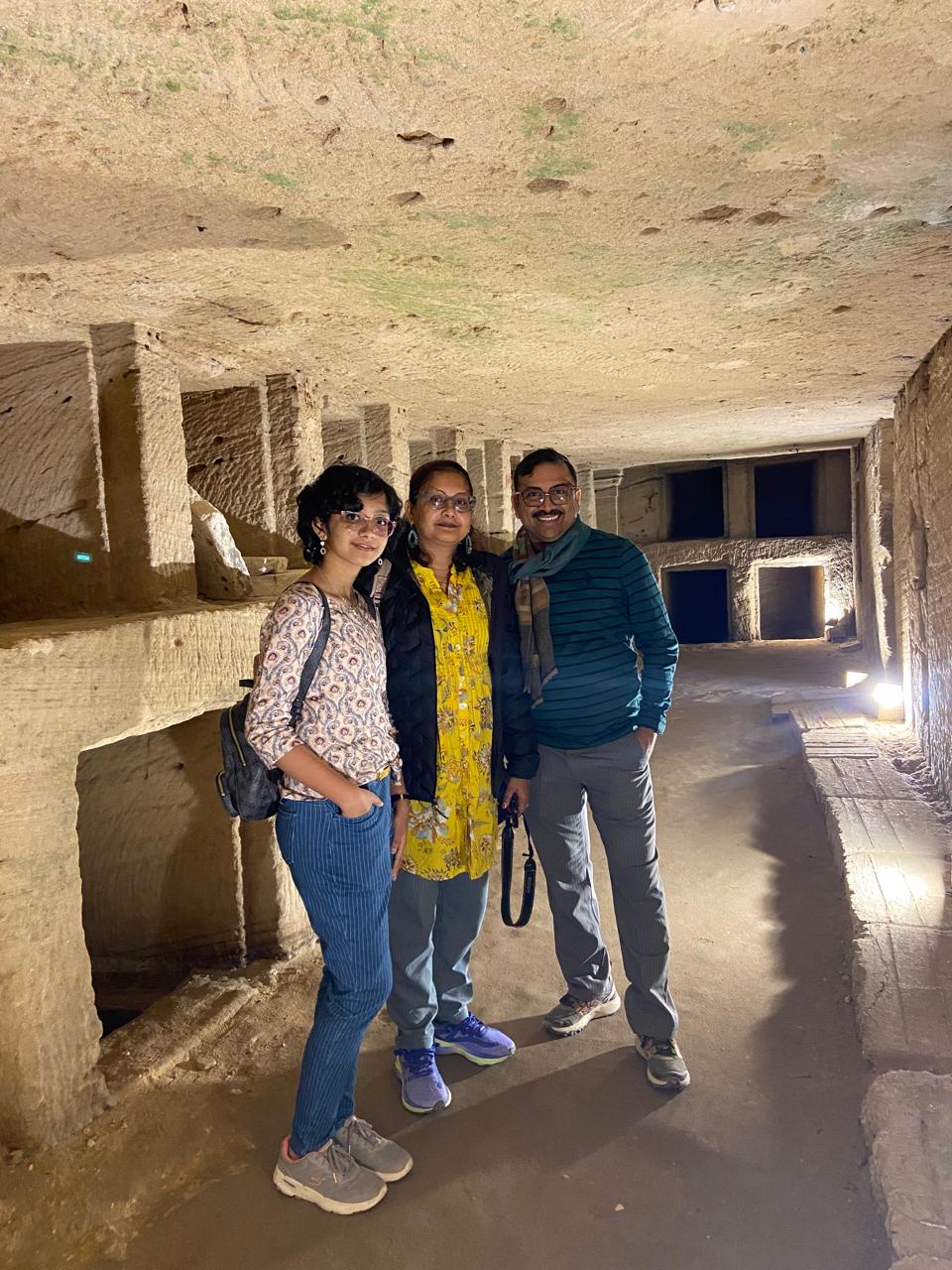
- The best time to visit Alexandria is during the spring (March-May) or autumn (September-November) for pleasant weather. However, Alexandria is a year-round destination.
- One-day Alexandria: What to see? If you have only one day, you should see the Citadel of Qaitbay, the Catacombs of Kom el-Shoqafa, Pompey's Pillar, and the Bibliotheca Alexandrina.
- Things to Do in Alexandria, Egypt: From Food to Culture Beyond the historical sites, Alexandria is alive with culture. Enjoy fresh seafood at waterfront restaurants, take in the views on a stroll along the Corniche, and visit local markets.
Tips for Enhancing Your Travel Experience
- Go early since most historical sites open at 8 AM. Therefore, you can avoid the crowds.
- Bring a refillable water bottle, especially during summer.
- Mingle with Locals: Communication with shopkeepers or guides will help you interact with a more meaningful Alexandria culture.
- Capture the Moments: Capture your journey with a good camera, but remember to put the camera down sometimes and enjoy your experience.
Conclusion
Historical sites in Alexandria, Egypt, stand to this day for a past that is varied and rich. From the ancient wonder of Pompey's Pillar to modern marvels such as the Bibliotheca Alexandrina, Alexandria offers a unique blend of history, culture, and architecture. Visiting these landmarks isn't just a journey through time but a chance to connect with a legacy that continues to shape the modern world.
No history buff or adventure lover should miss Alexandria. Make it your next adventure in travel, and discover for yourself the magic of this ageless Mediterranean city.
.webp)
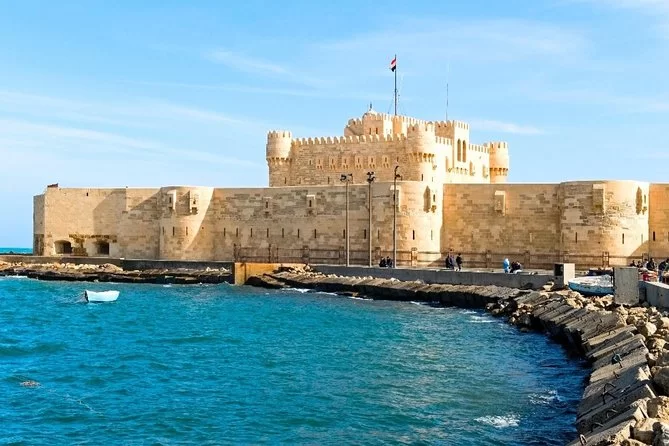







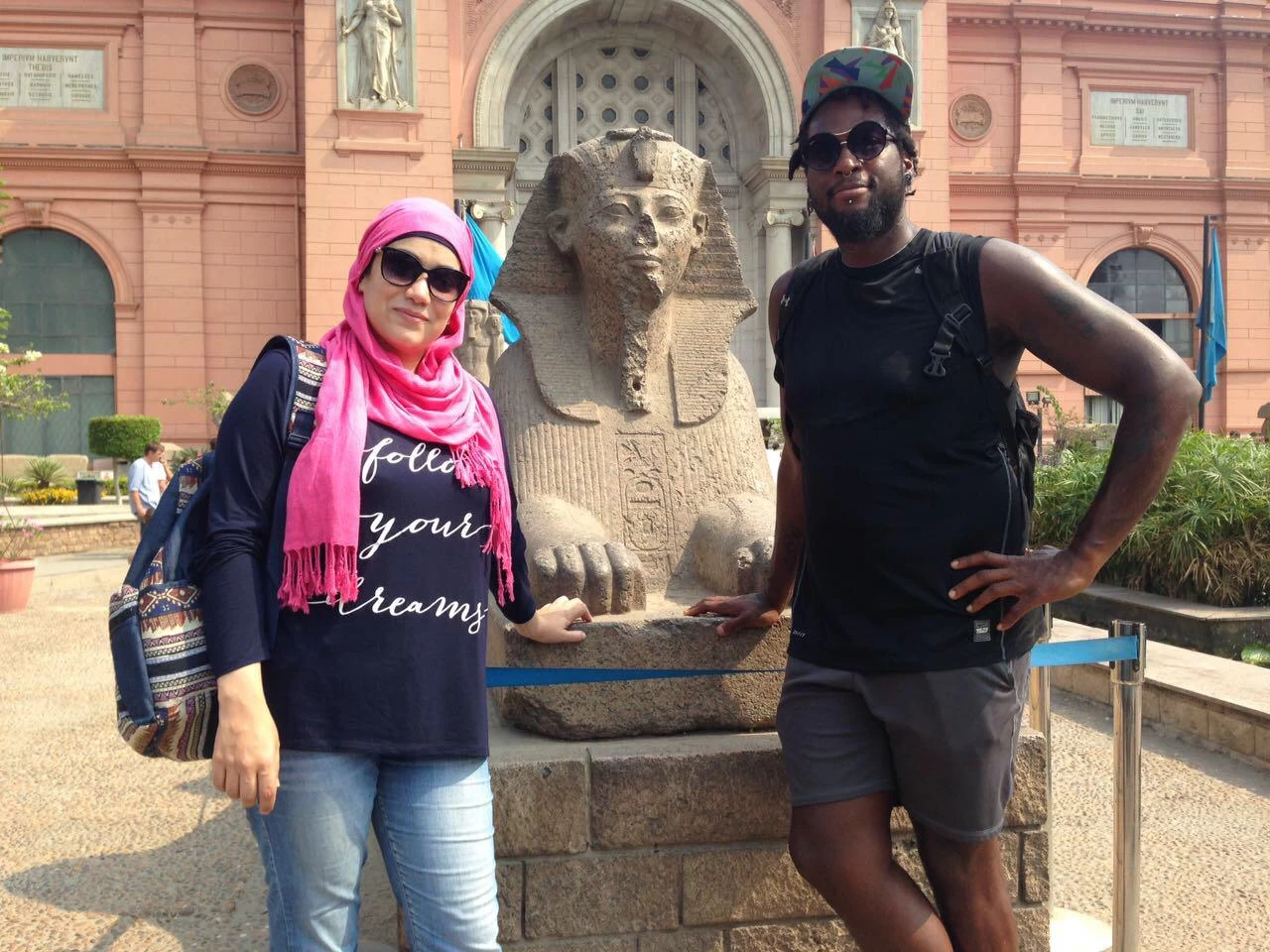

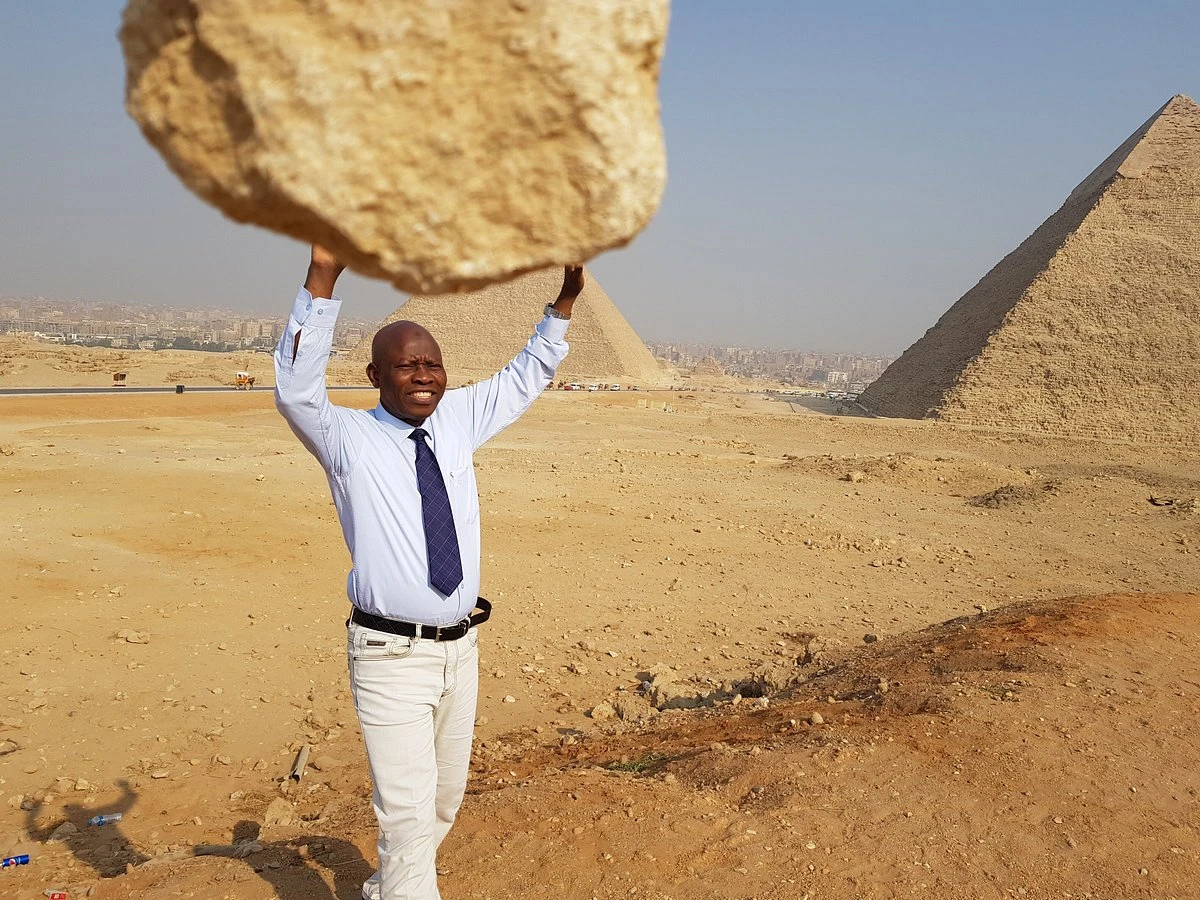
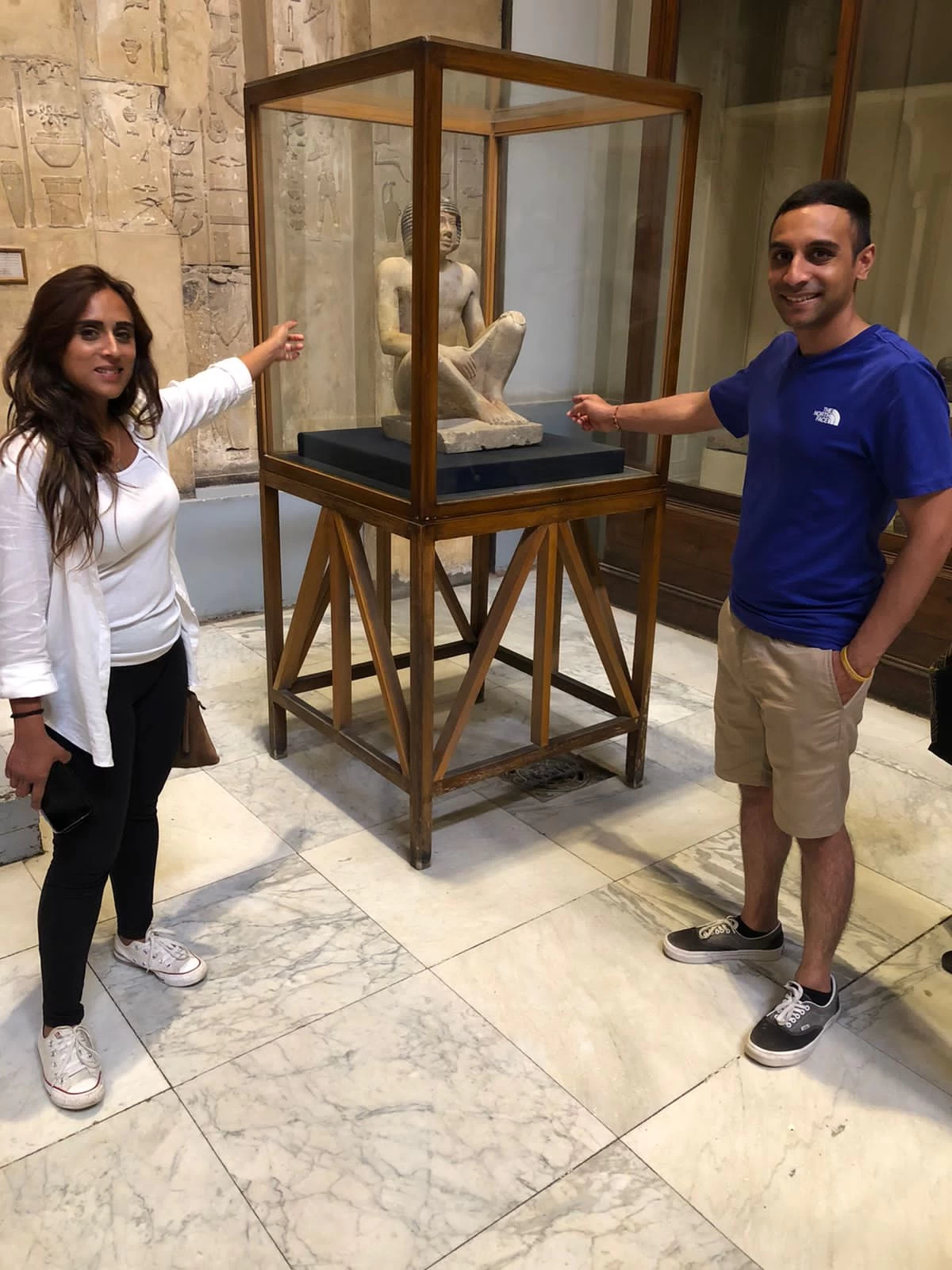

-webp.webp)

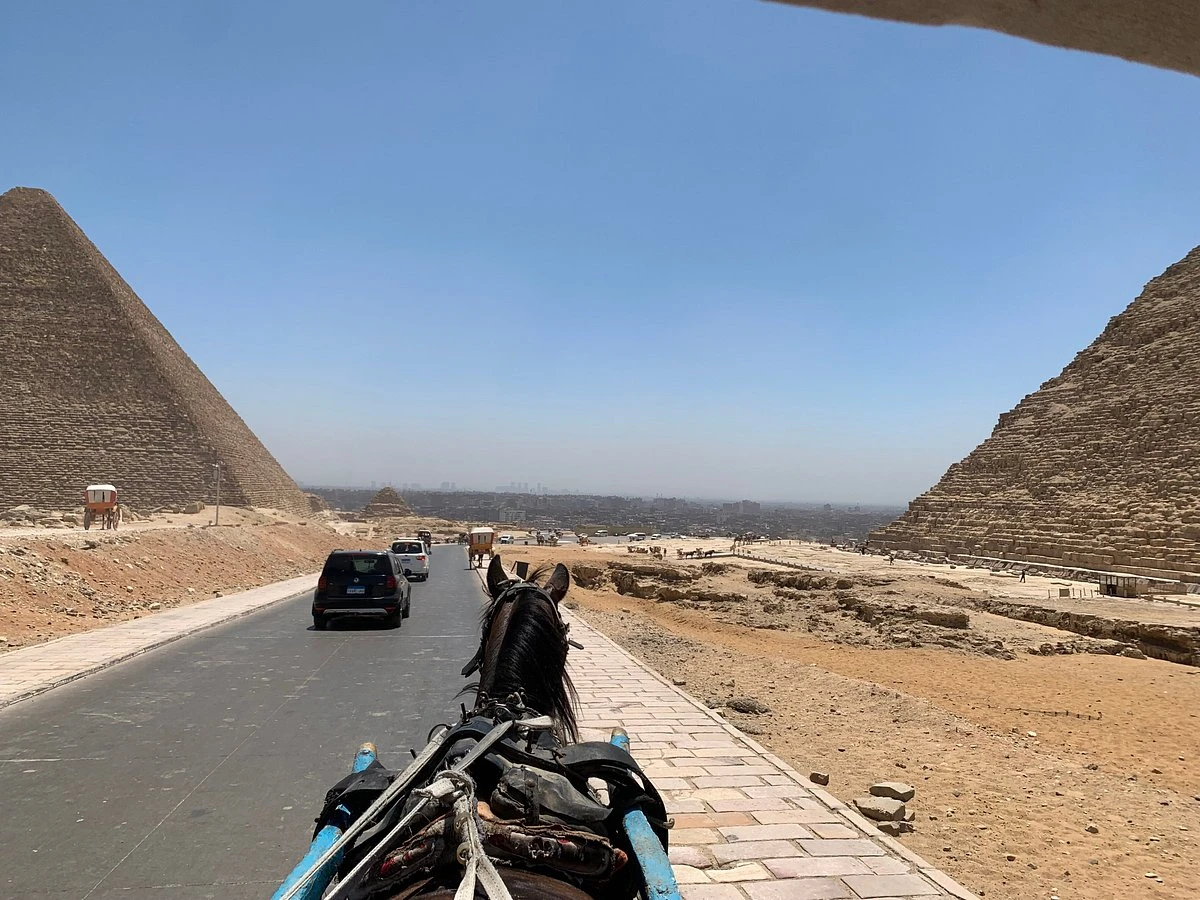
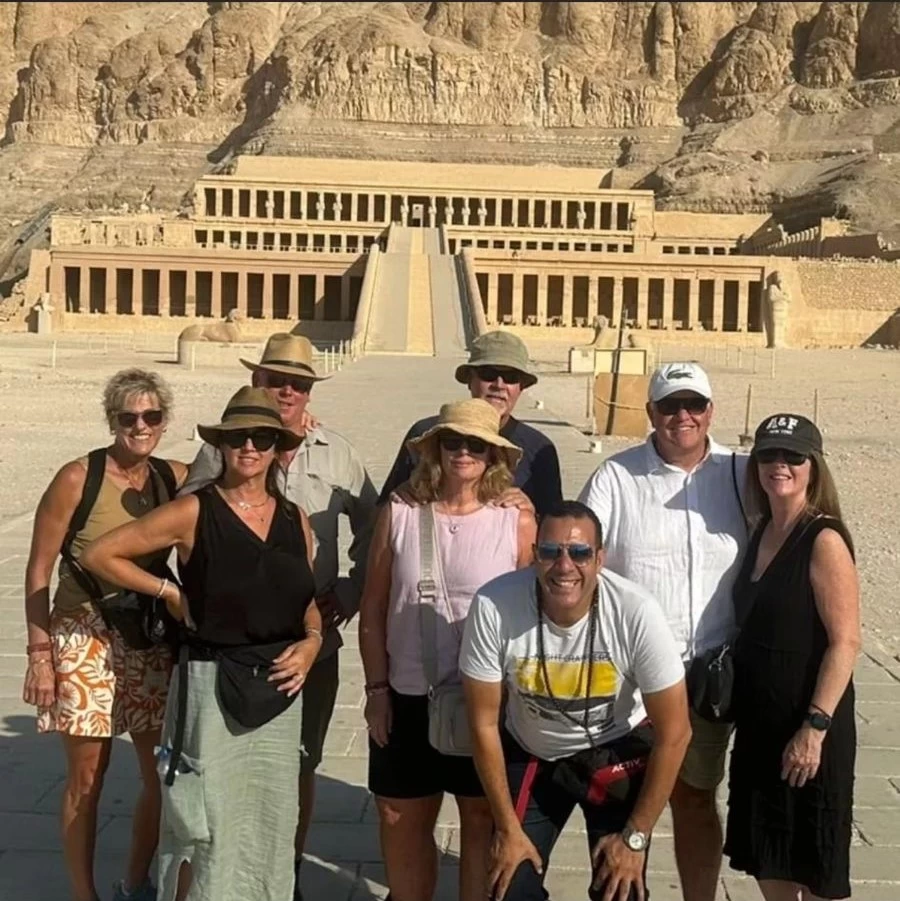
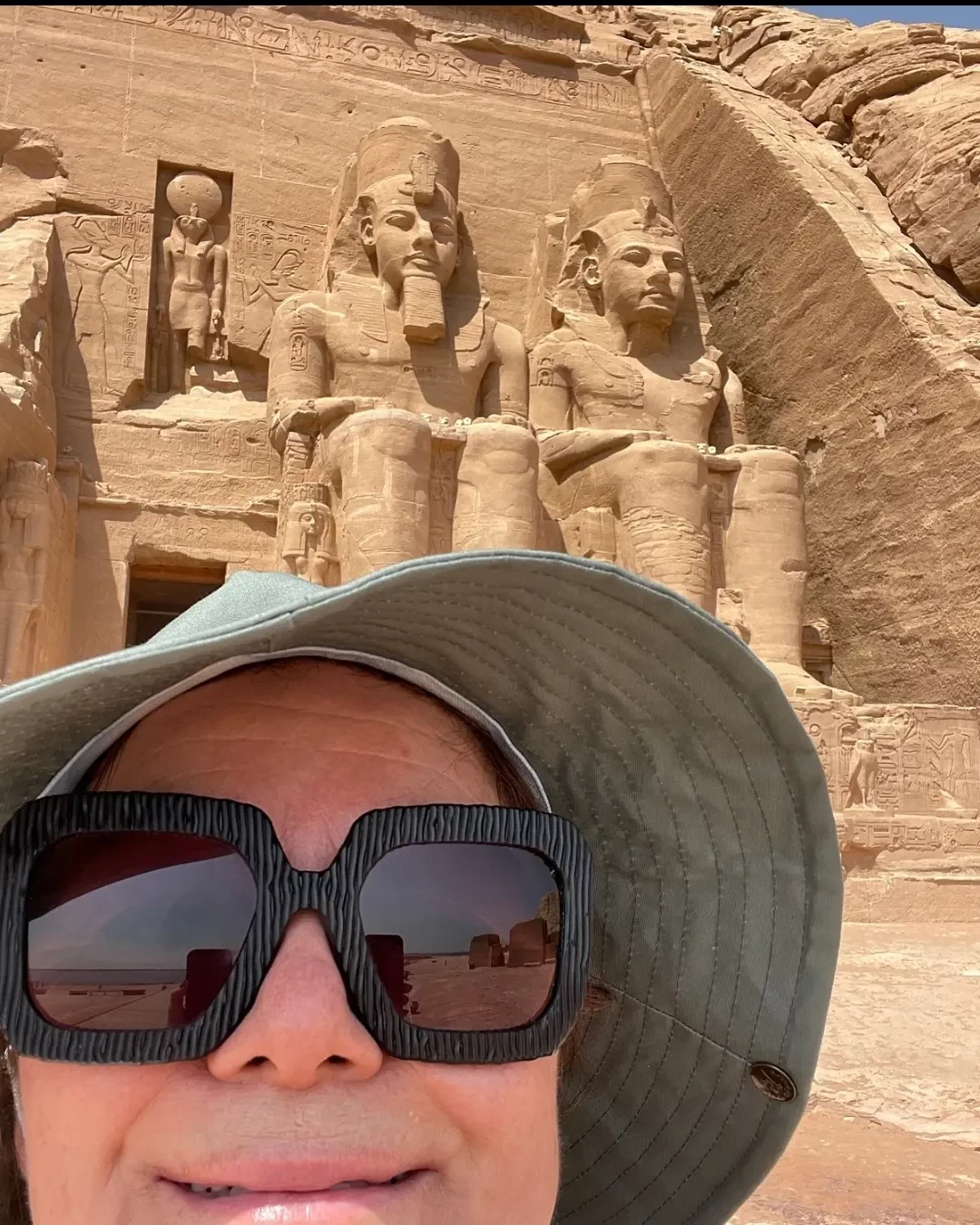
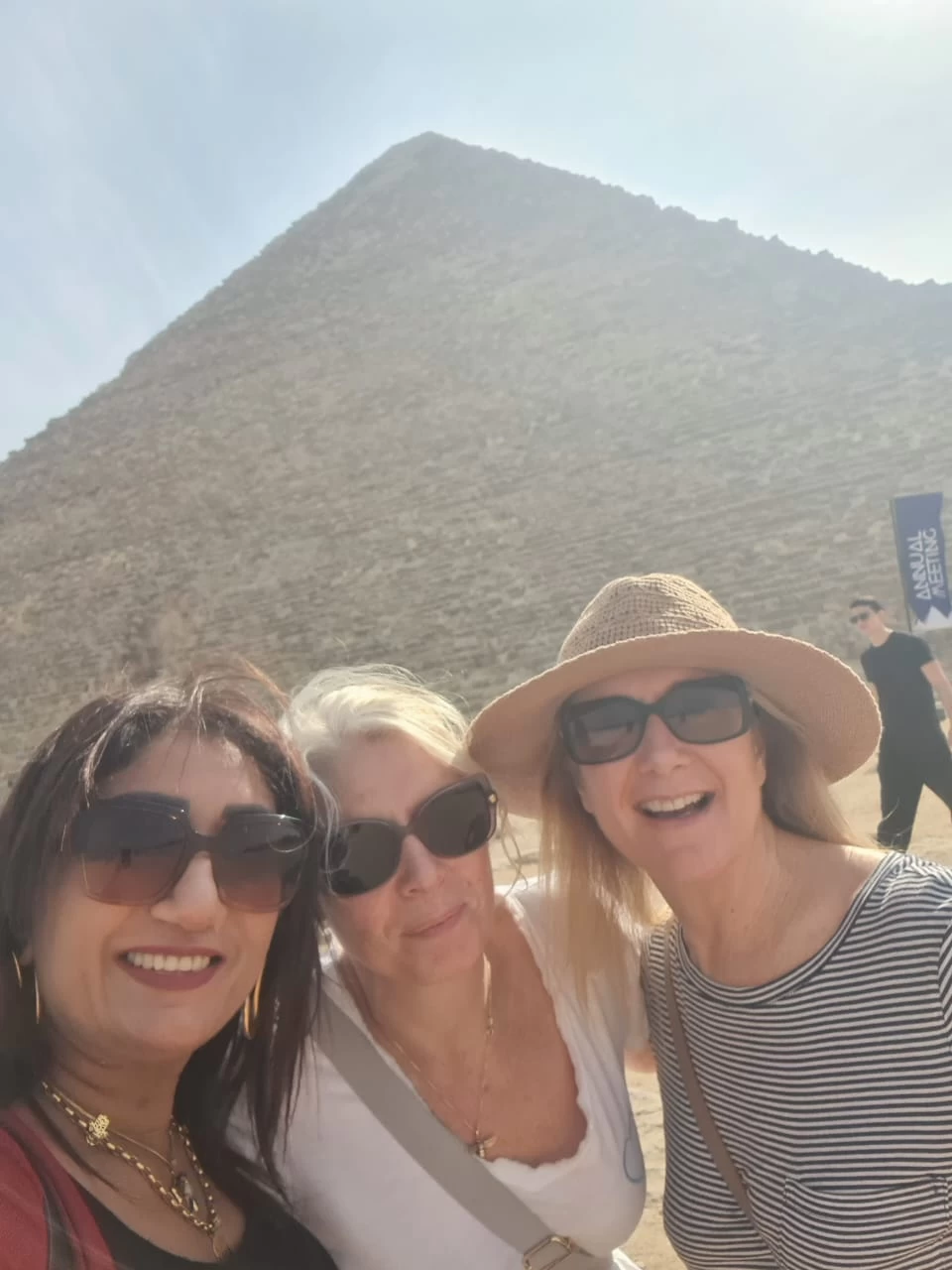
-webp.webp)

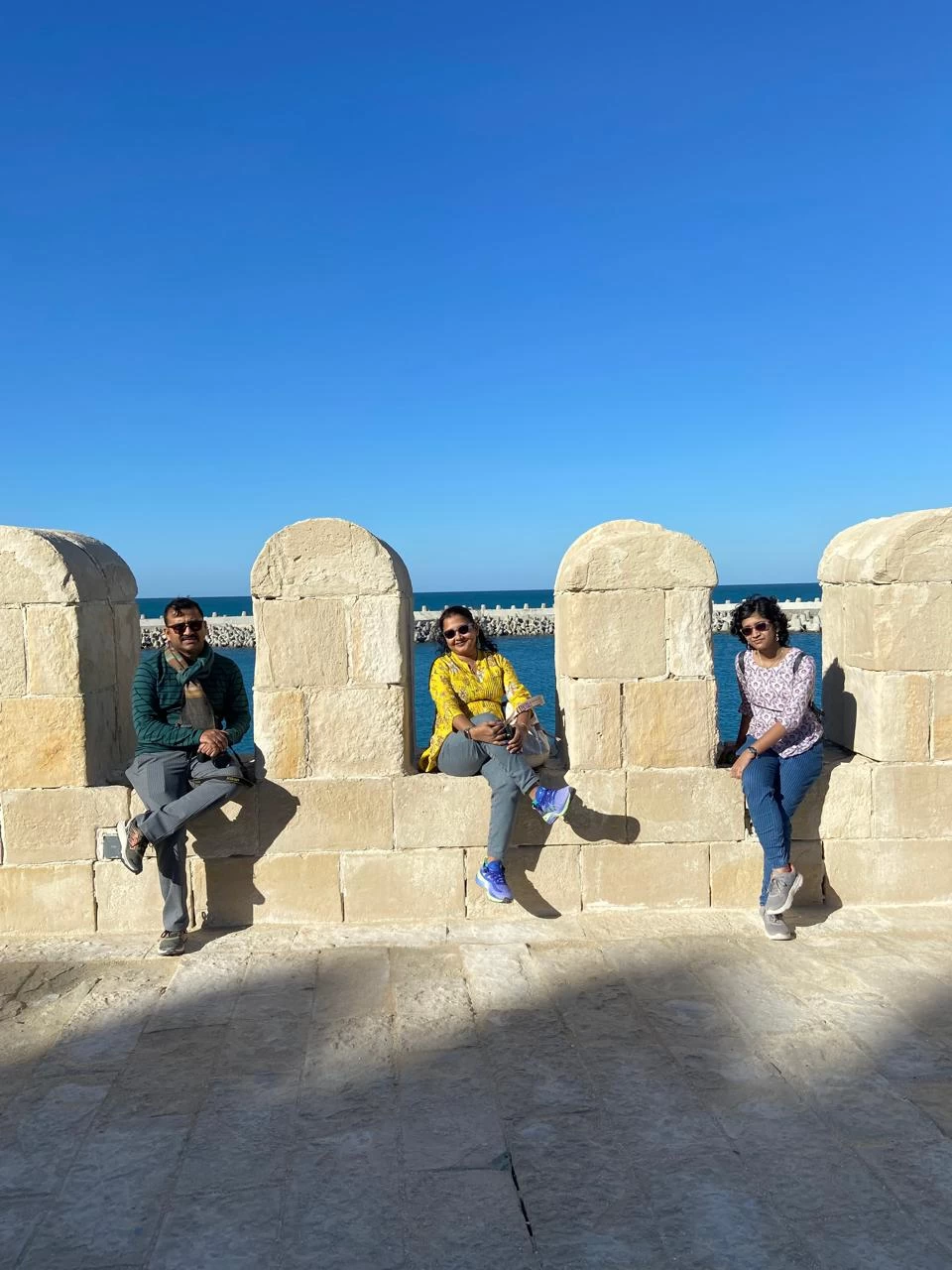
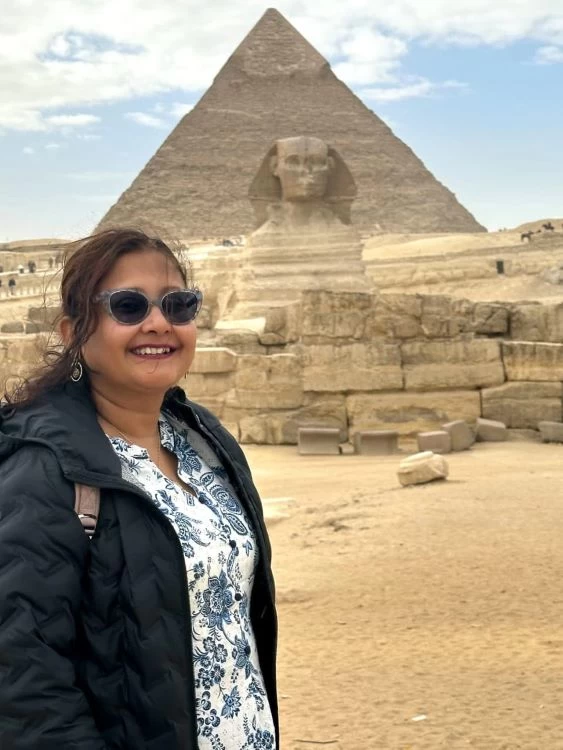
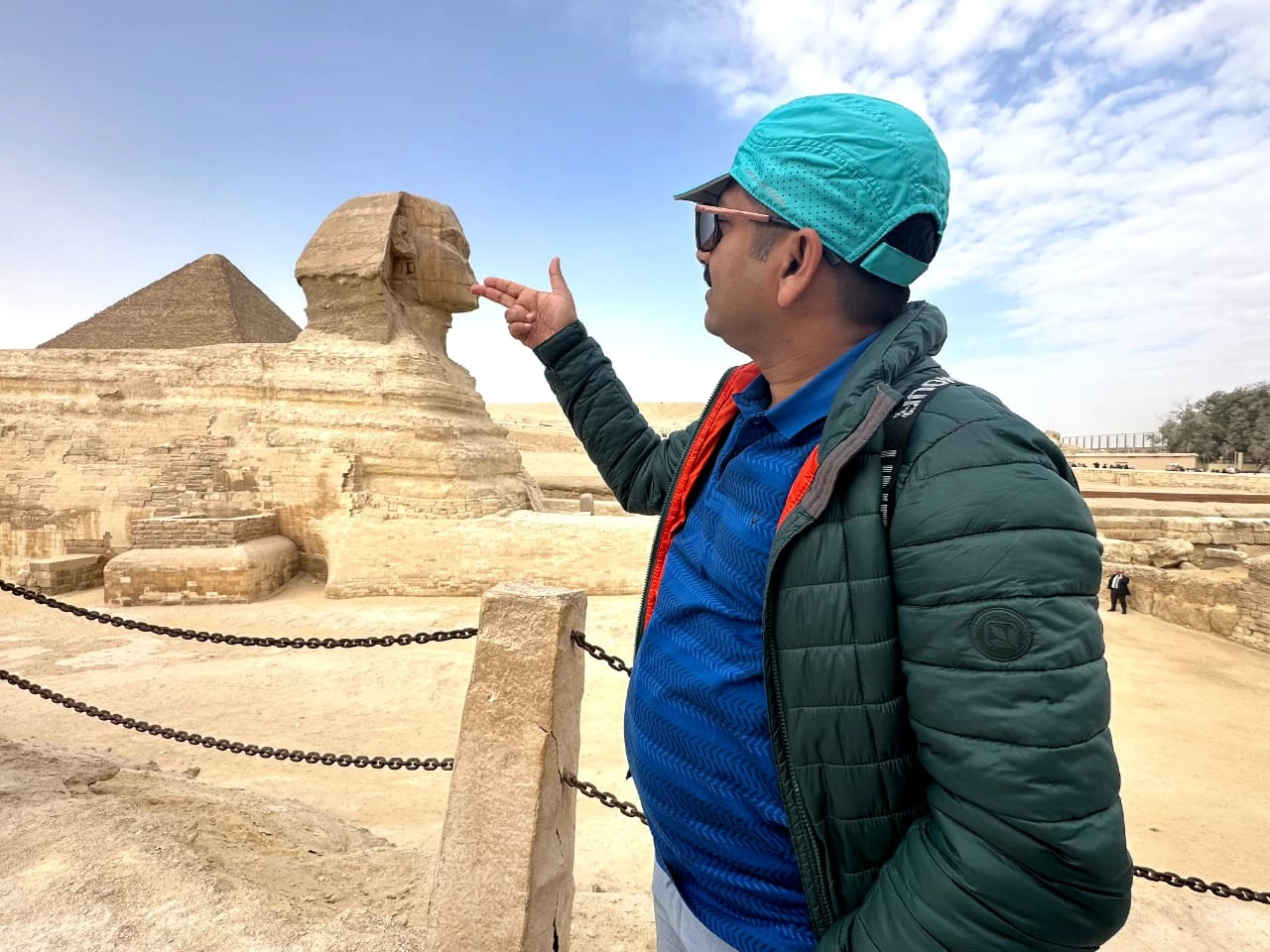
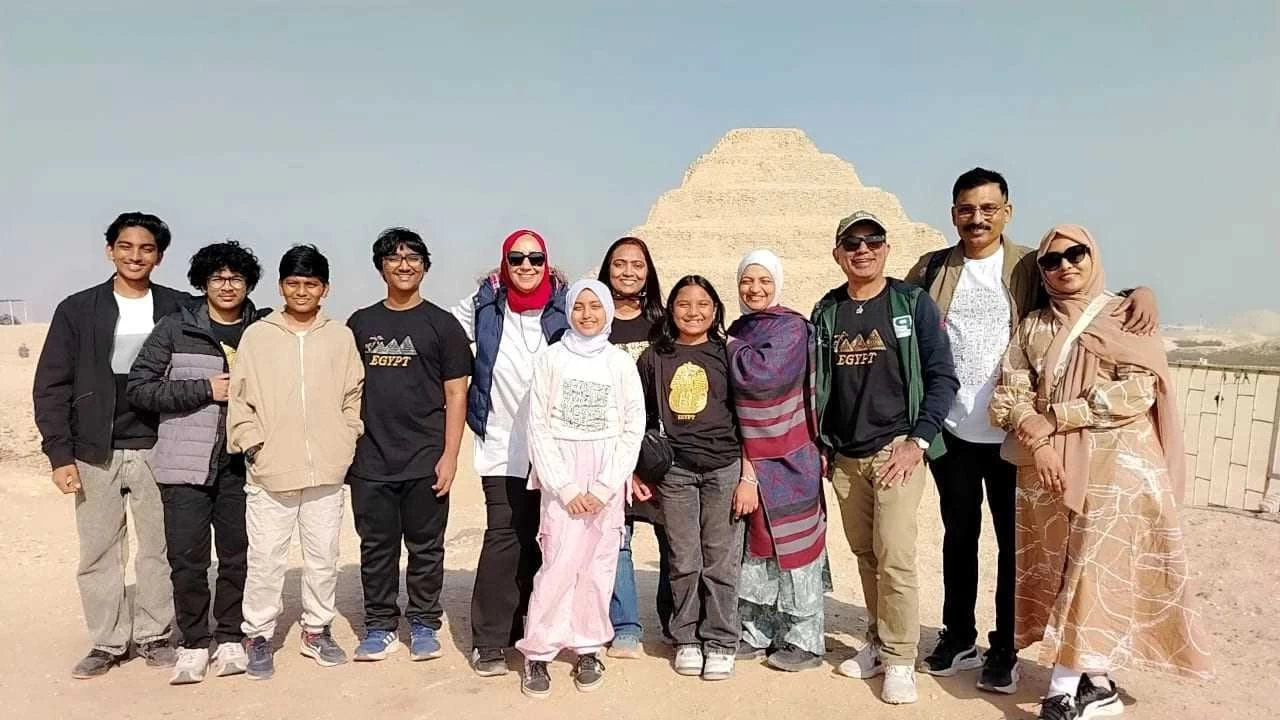
-webp.webp)
-webp.webp)
-webp.webp)
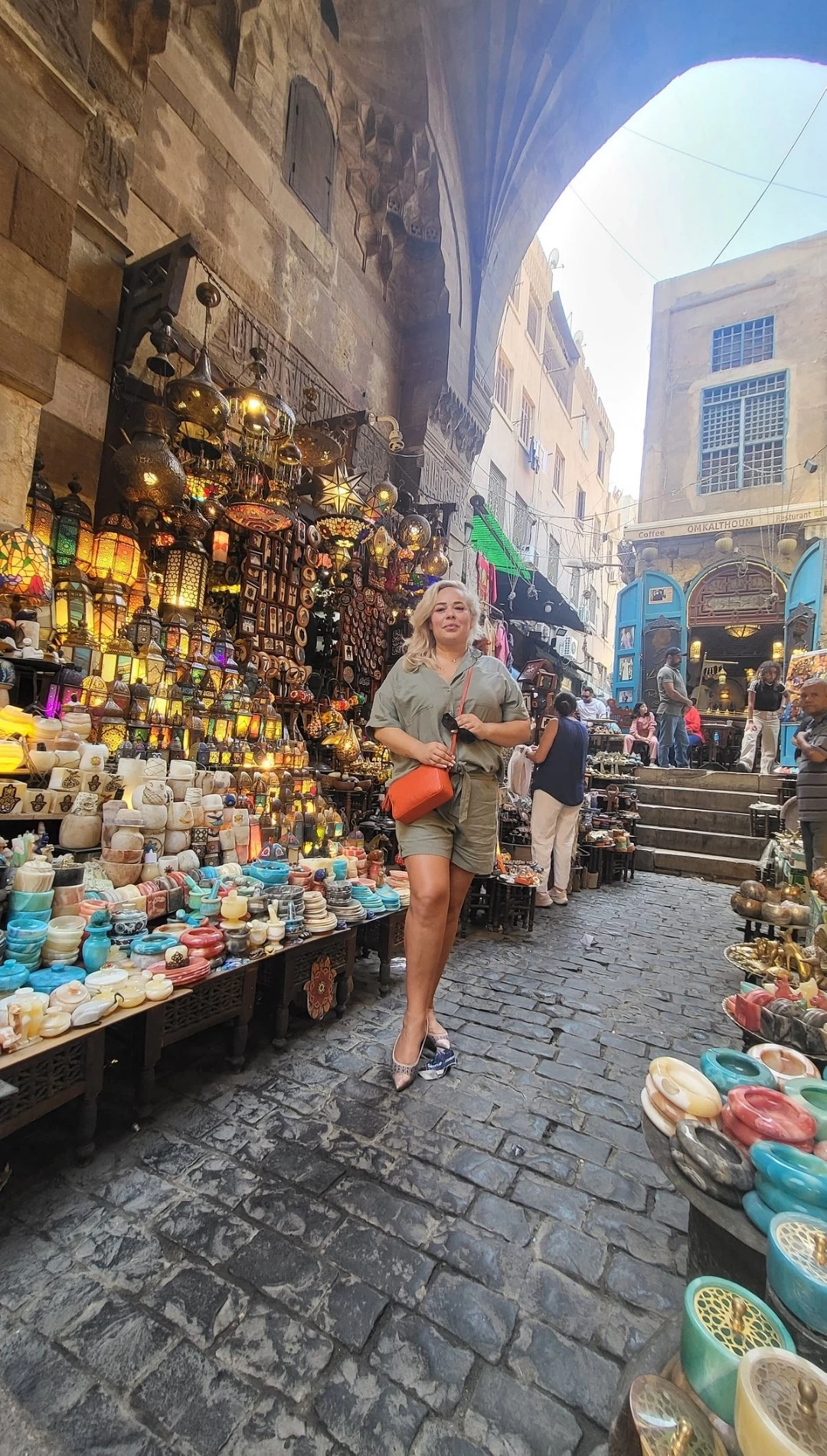
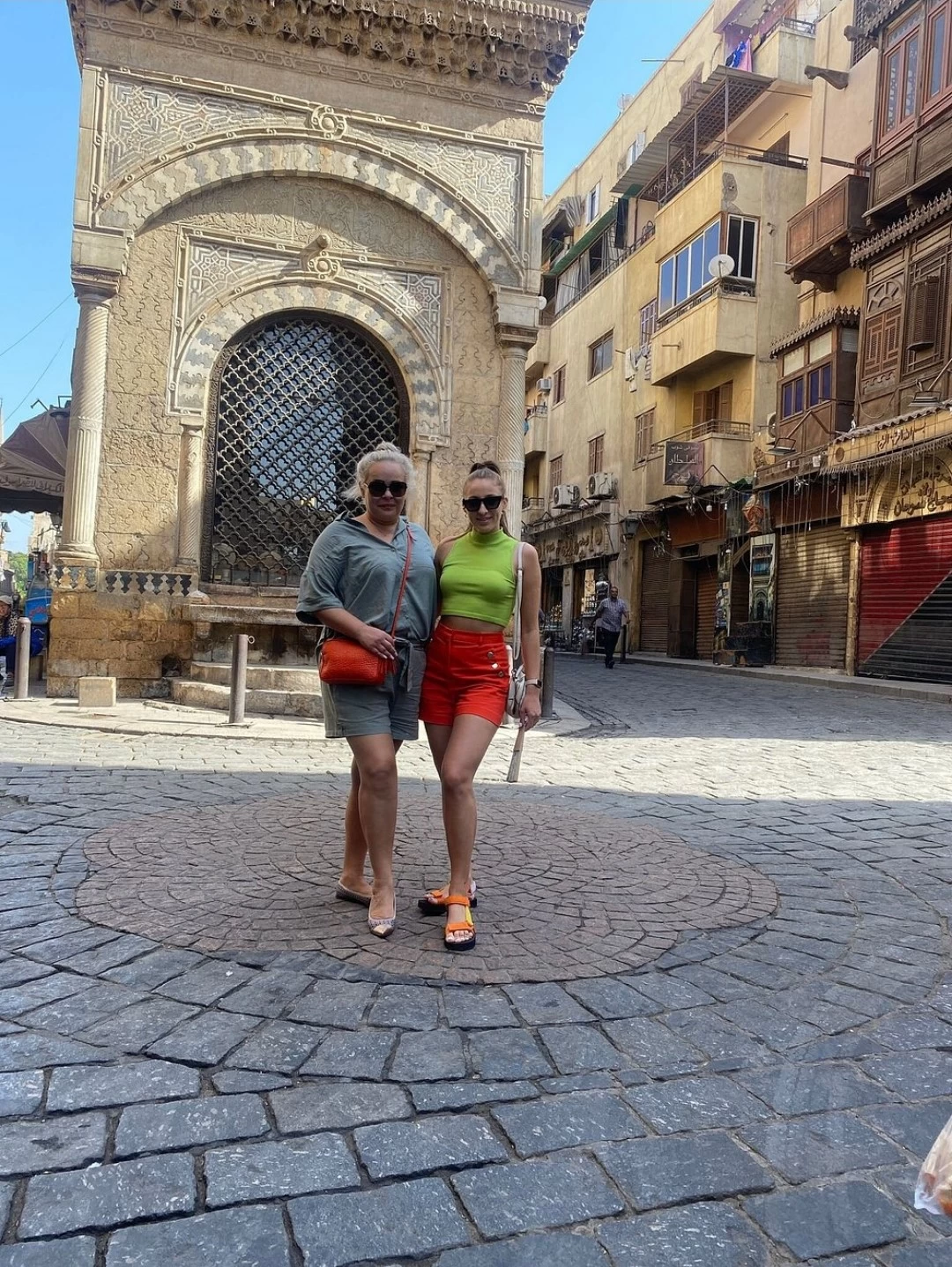


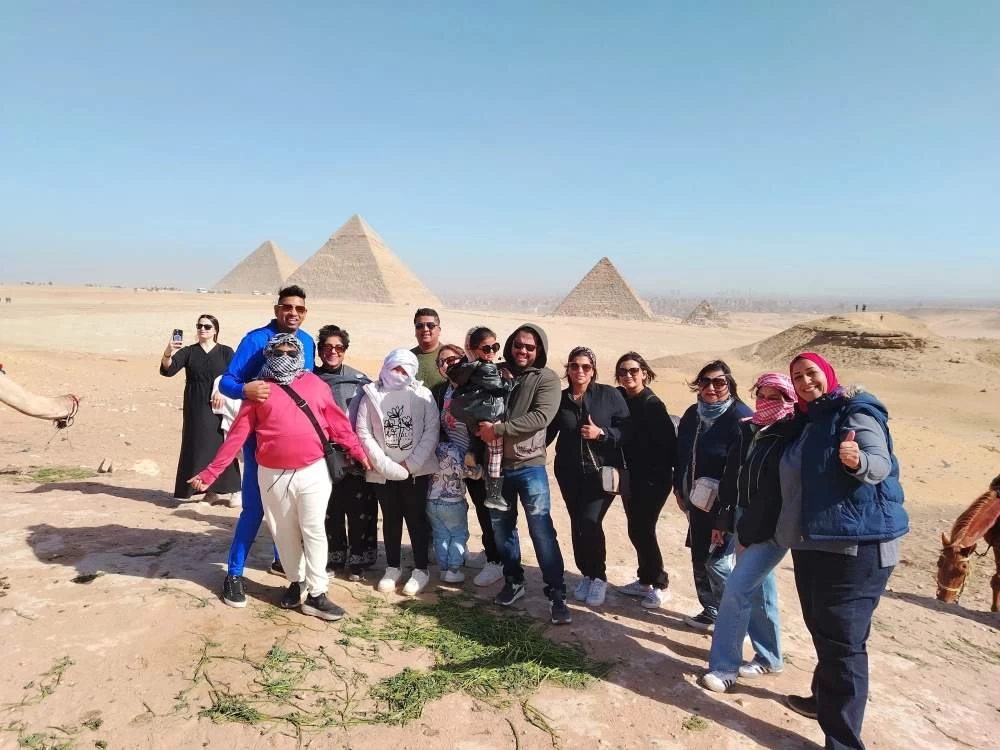
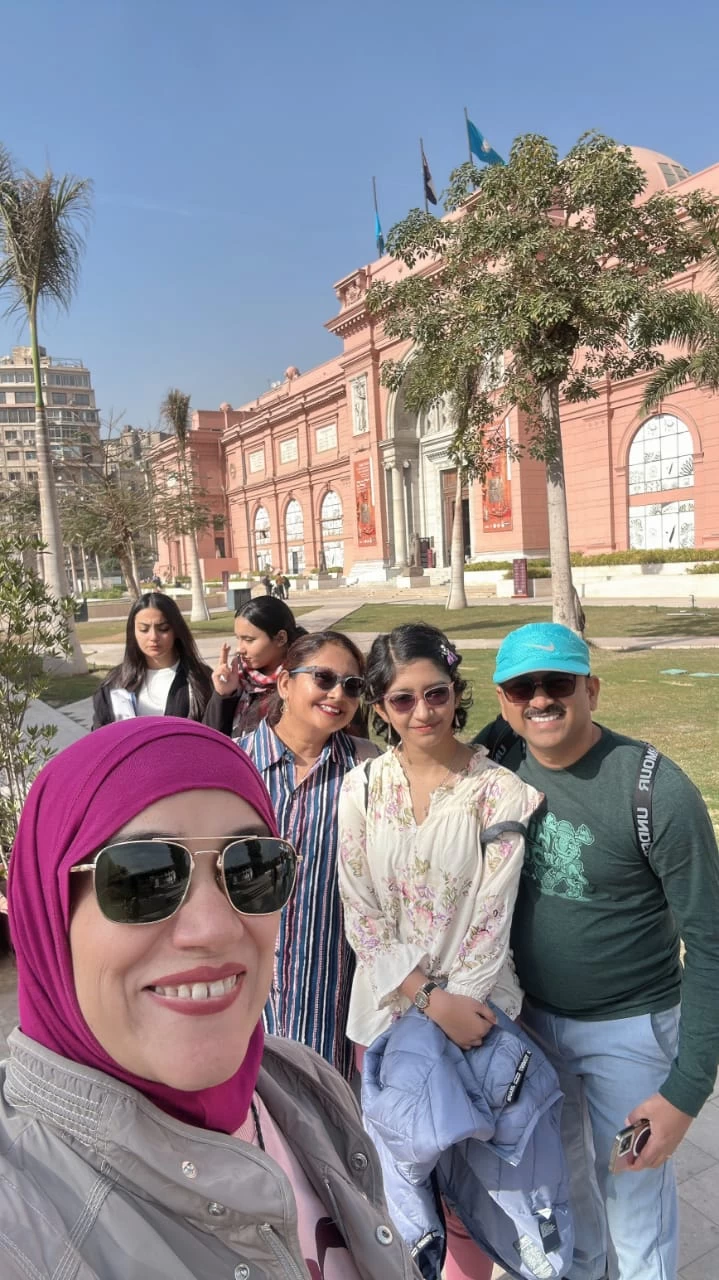
-webp.webp)
-webp.webp)
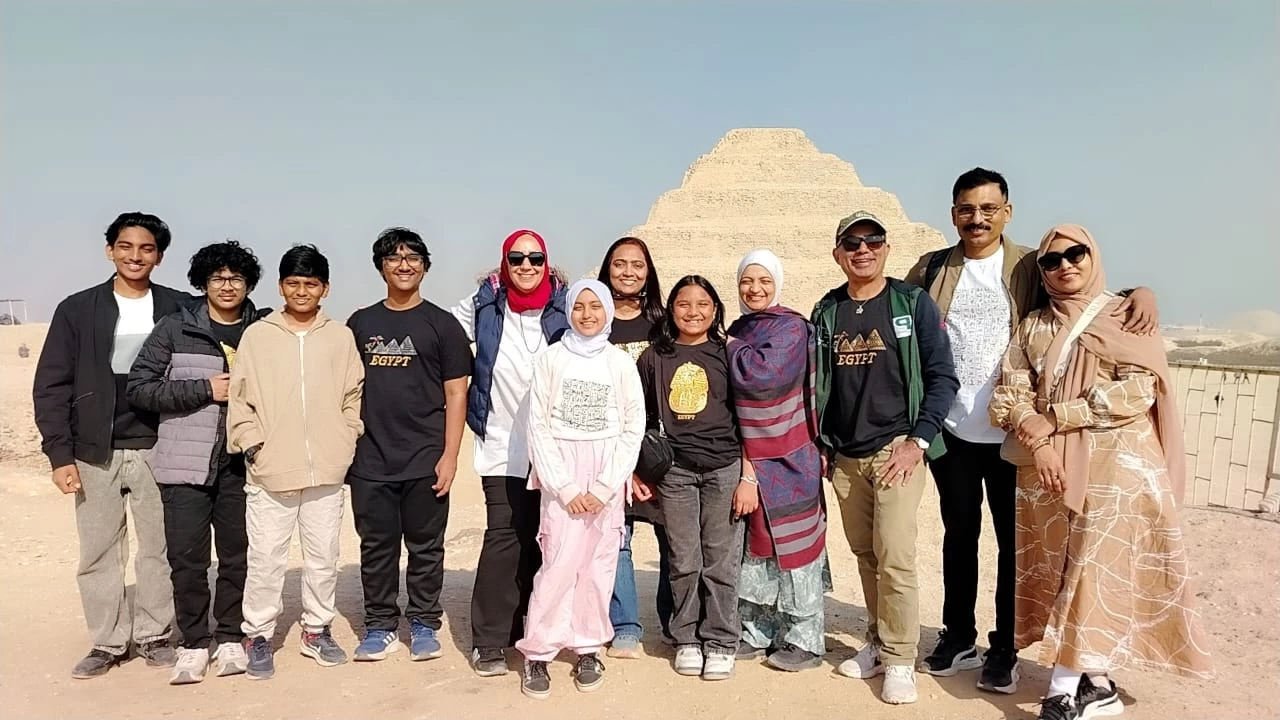
-webp.webp)
-webp.webp)
-webp.webp)
-webp.webp)
-webp.webp)
-webp.webp)
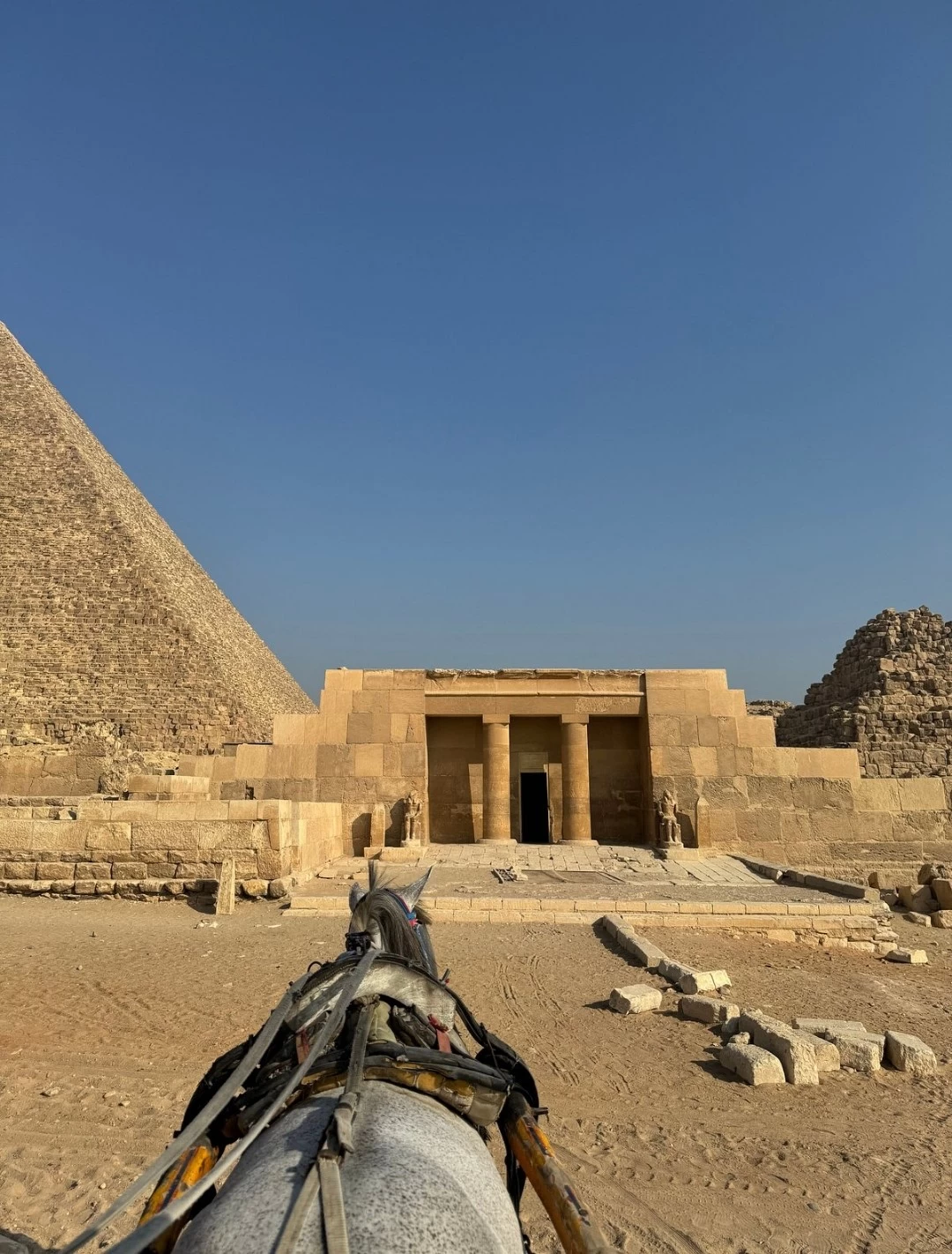
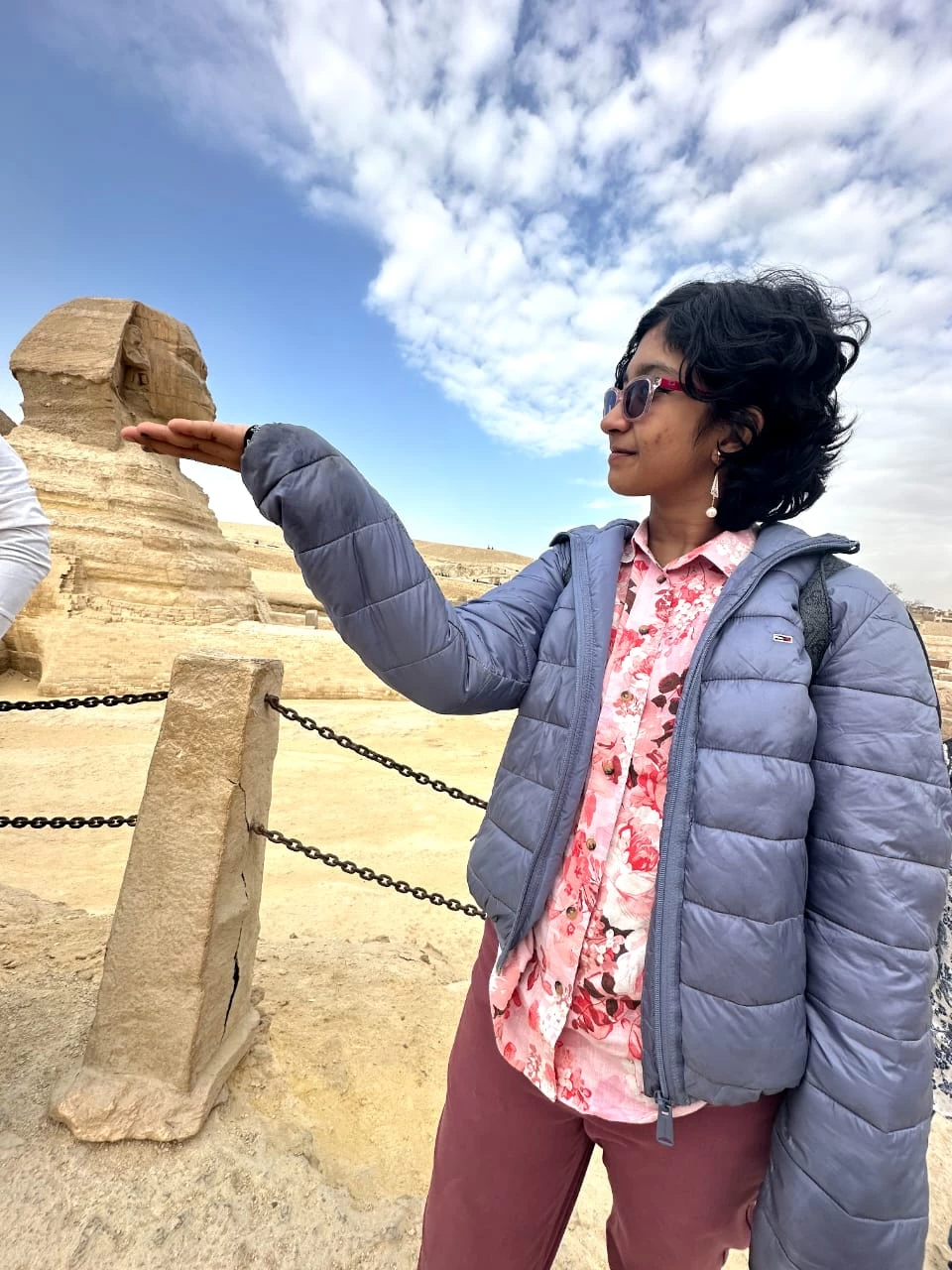
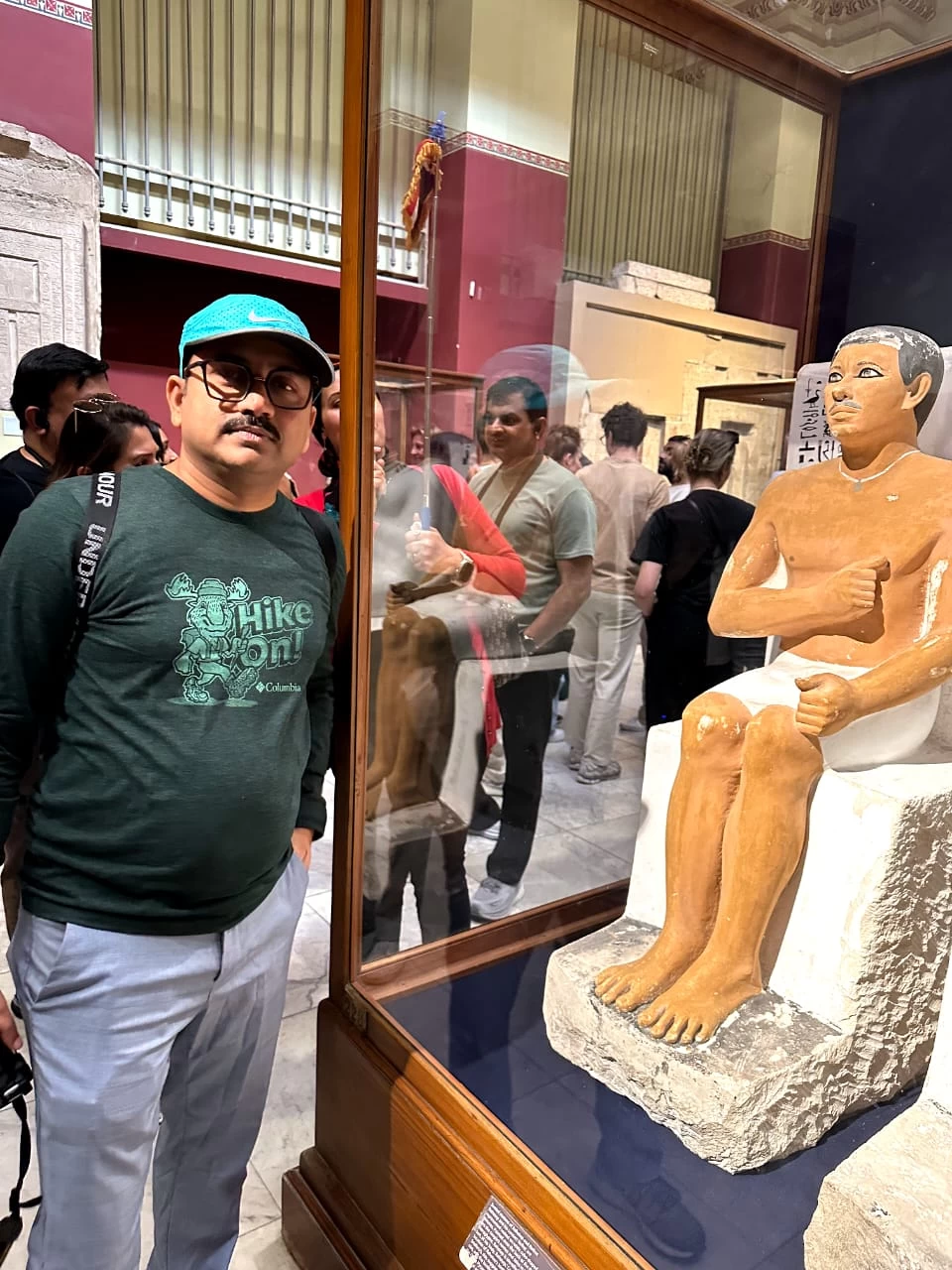
-webp.webp)
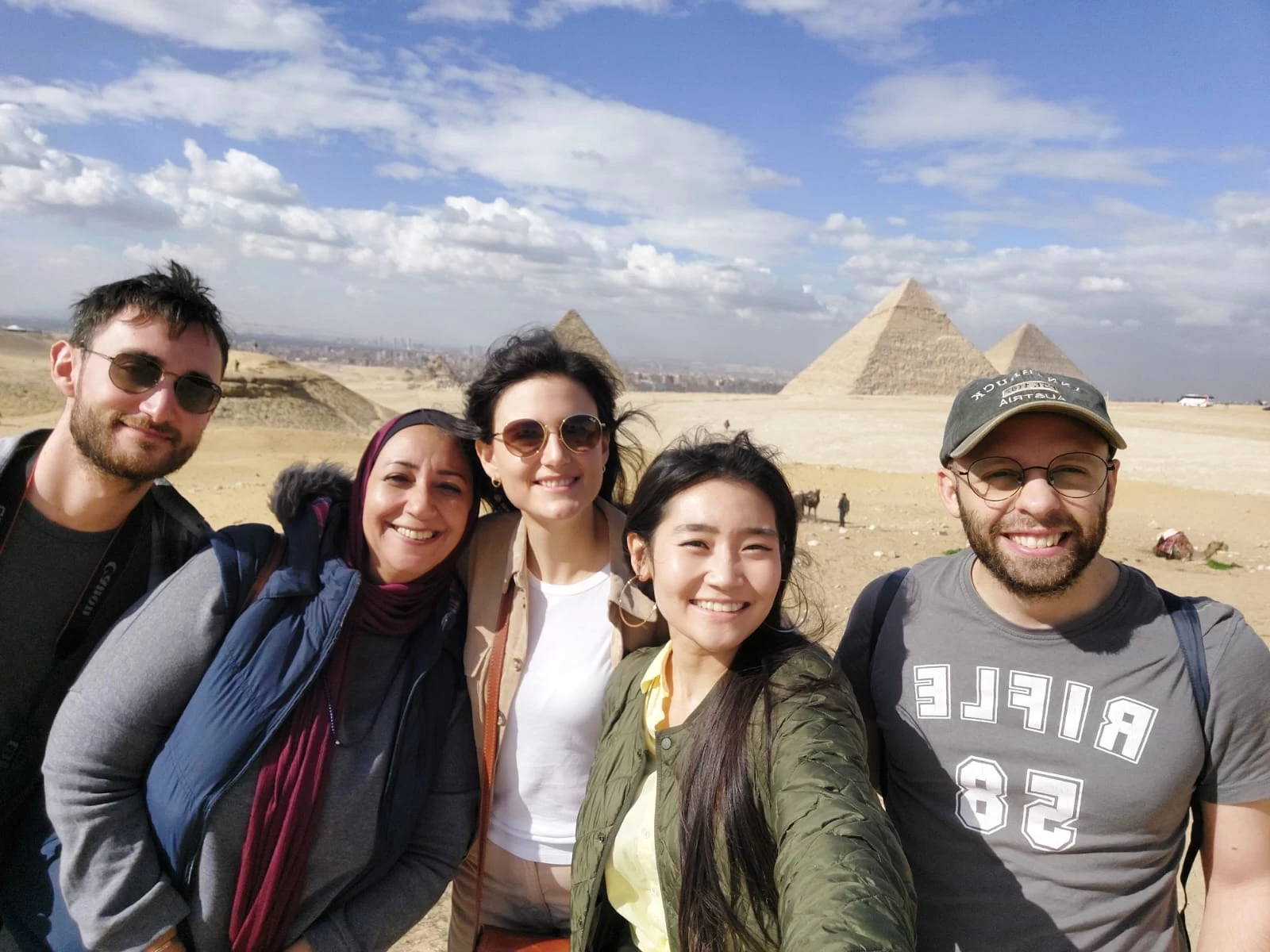
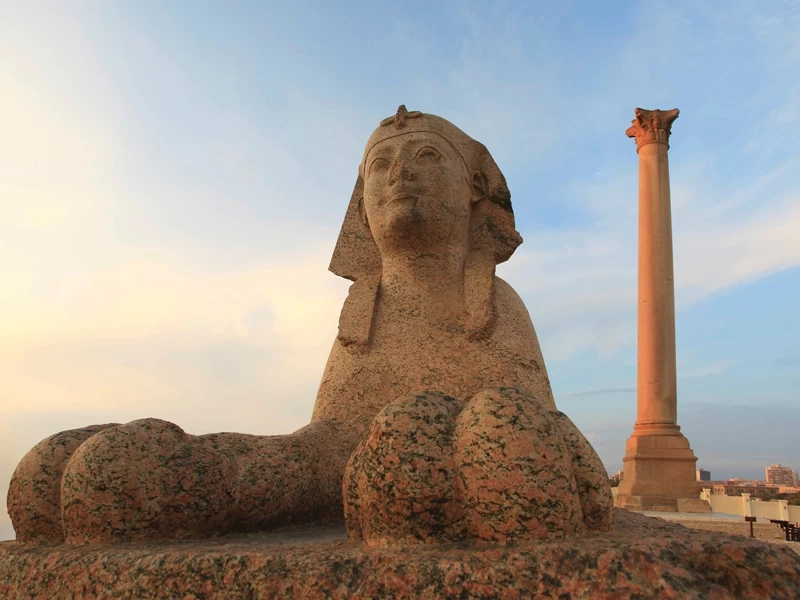
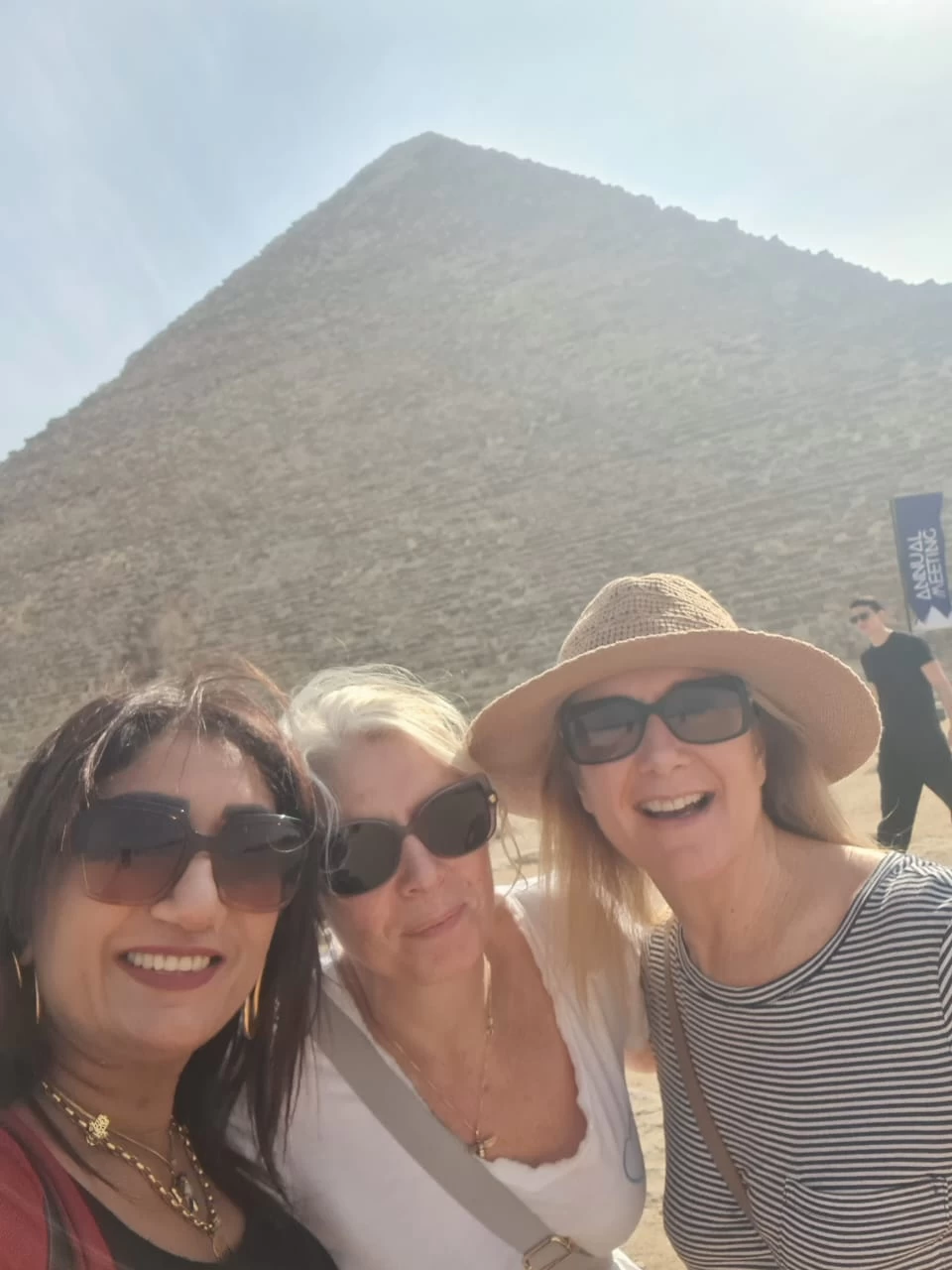


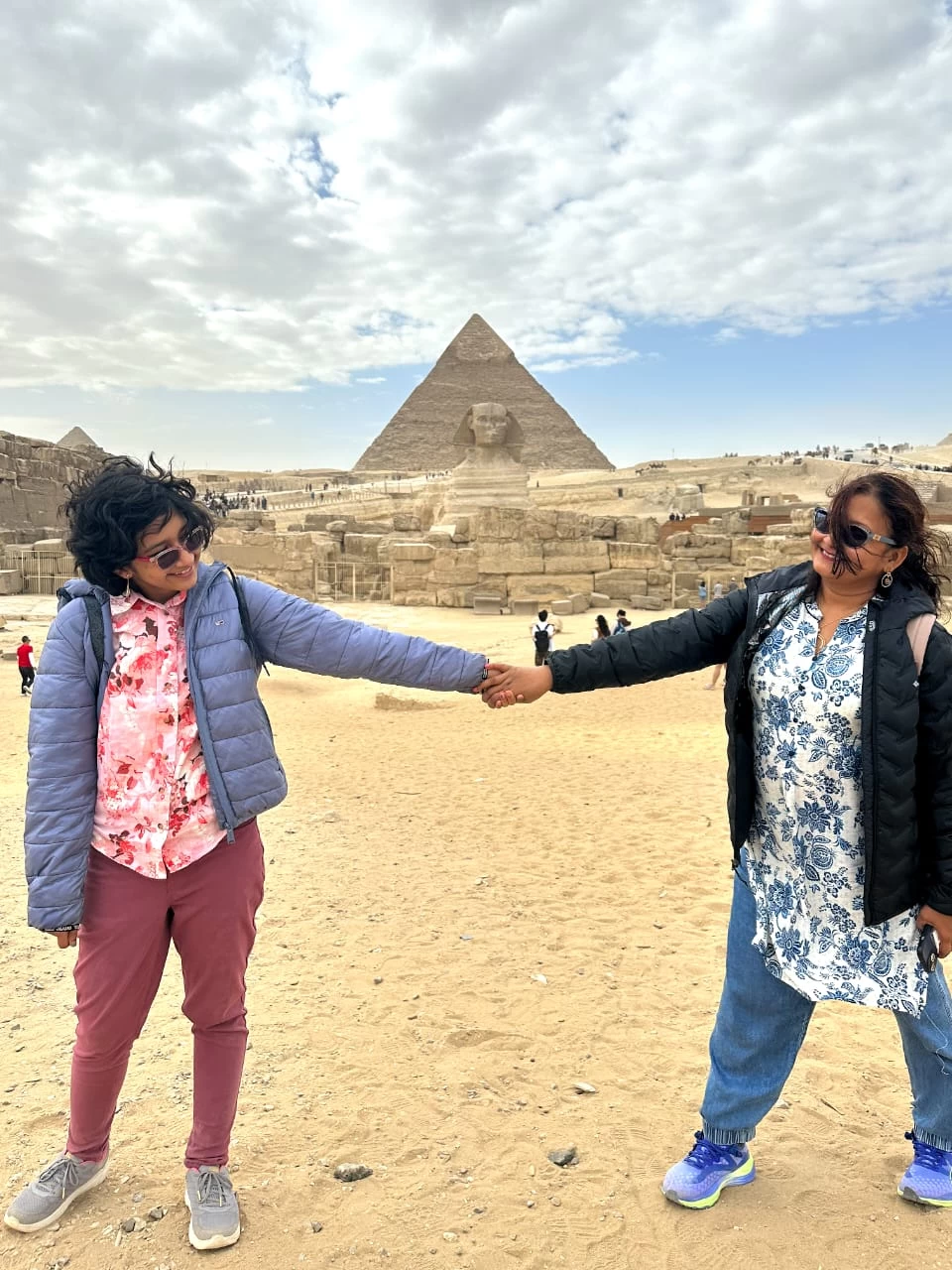
-webp.webp)
-webp.webp)










.png)

